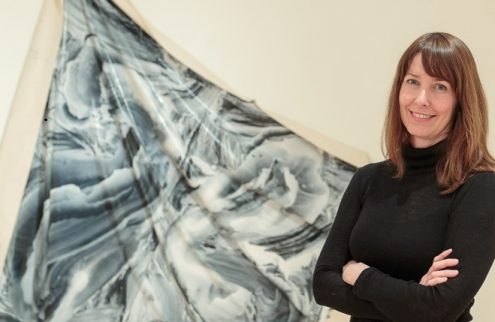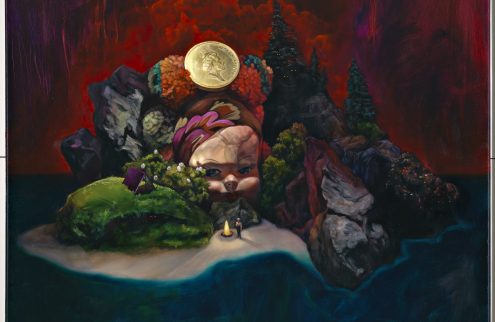Arts Admin 101
Arts administrators wear many hats. After all they work with diverse stakeholders – artists, performers, audiences, venues, government, sponsors and community.
We talked to Adelaide College of the Arts Development Manager Bridget Alfred about the trajectory into this competitive industry.
What skills do arts administrators require on a day-to-day basis?
First and foremost, a passion and commitment to the arts and the role artists play in society.
You’re always dealing with a number of stakeholders so strong communication and networking skills are essential, as well as financial, marketing and strategic business management abilities. Arts workers need to be able to keep the detail in focus whilst never losing sight of the big picture.
What education preparation would you recommend for someone who wants to work as an arts administrator?
If you are currently working in another industry considering a bridging qualification is a good idea. At TAFE SA Tertiary learning is directly connected to Industry. Adelaide College of the Arts’ Certficate IV in Arts Administration is a response to the skills that the local arts industry has told us need to be developed.
A particular strength of the course is the series of specialist arts professionals who provide context and insight into the sector. With no admission requirements, recognition of prior learning and a competency-based assessment system, this part-time course (up to two years) is an ideal way to gain entry qualifications.
What advice would you give to someone who wants to get started in the industry?
Understanding the local cultural landscape and connecting with artists, arts workers and arts organisation will often open doors to new opportunities.
Build your networks, volunteer placements are an excellent way to introduce yourself if you are completely new to the industry. Think about your existing capabilities that could be put to use within the Arts Industry.
You might be a gun social media activist, have a background in fundraising, project management or community engagement. The breadth of the arts industry means that it can absorb people from a range of backgrounds as well as nurturing from the ground up.
What about that old catch 22 – you need experience to get the job but you need the job to get experience?
Volunteer for organisations that you would one day like to work for, even if they don’t have a formal volunteer program. This kind of experience not only builds your experience and skills, it demonstrates your enthusiasm and commitment, again it’s about building those networks.
Keep in mind that arts educators, as we have at Adelaide College of the Arts, are at the coalface of their industry areas, if you do choose to enrol in one of our qualifications, take advantage of this and ask questions, your lecturers will often know about opportunities for industry experience that are never advertised.
For you, what part of this job is most satisfying and most challenging?
The people. Artists and arts workers are visionary, engaging, challenging, exacting and adaptable. Without exception they are looking to better our world.
Contributing to the development of our arts culture through proving opportunities for artists and artisans to be nurtured and launched is a privilege.
We don’t have to mention a challenging economic environment as the biggest challenge, but this is where creative industries are uniquely equipped to adapt, re-emerge and thrive.

Bridget Alfred, in front of Christian Lock’s Untitled, 2015, CACSA Contemporary exhibition at Light Square Gallery.

Image: Deidre But-Husaim, The Special Goodness (Del Kathryn Barton), 2014, oil on maple panel. Photograph Grant Hancock.

Jason Sims, From Where I Stand… 2015, installation view: Art Gallery of South Australia, Gallery 6, Photograph Grant Hancock. Image courtesy the artist and Mars Gallery, Melbourne.

Kate Kurucz, The Island, 2016, oil on linen, 91cm x 91cm. Photograph Grant Hancock
Helpful Links:
TAFE SA: Certificate IV in Arts Administration
University of South Australia: Graduate Diploma in Arts and Cultural Management
University of South Australia: Master of Arts and Cultural Management
Carclew: Arts Administration Traineeships
The images featured in this toolkit are from The Collections Project, a collaborative project between Guildhouse and several iconic South Australian cultural organisations. Over the past four years The Collections Project, has provided artists the opportunity to work with several State collections, inviting fresh interpretations, developing new audiences for art and providing professional opportunities for artists.
Guildhouse financial members are able to obtain one on one professional development support about many areas of their practice. Contact us for more information.
